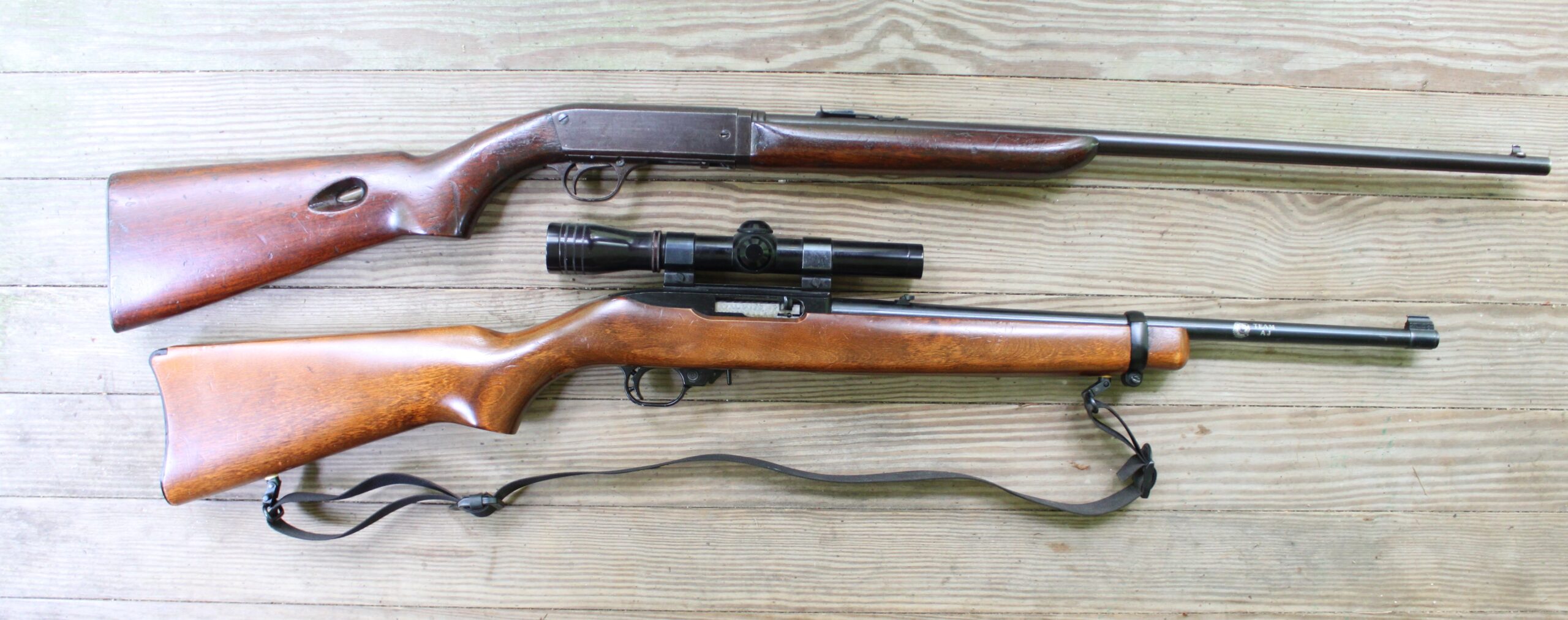
By Jim Dickson | Contributing Writer
The ever-present .22 rimfire has earned its place in the hearts of shooters everywhere.
No other cartridge is so adaptable to training and recreational shooting. Most people are started off shooting with the .22 as its low noise and total lack of recoil are less intimidating to the trainee than a high powered round. Most important of all, it is relatively inexpensive.
Back when .22’s cost a penny apiece, I used to shoot 500 to 1,000 rounds at a time and I shot constantly. As an old exhibition shooter once said “There are three ways to learn to shoot. Shooting, shooting, and more shooting.” He hit the nail right on the head. The big difference between an exhibition shooter and a regular shooter is the amount of ammunition expended in practice. That is the reason I prefer semi-autos for training. You will never make a really good shot if you restrict the ammunition. The shooter needs to fire a lot at a time and they need to do it often. Quantity comes before quality.
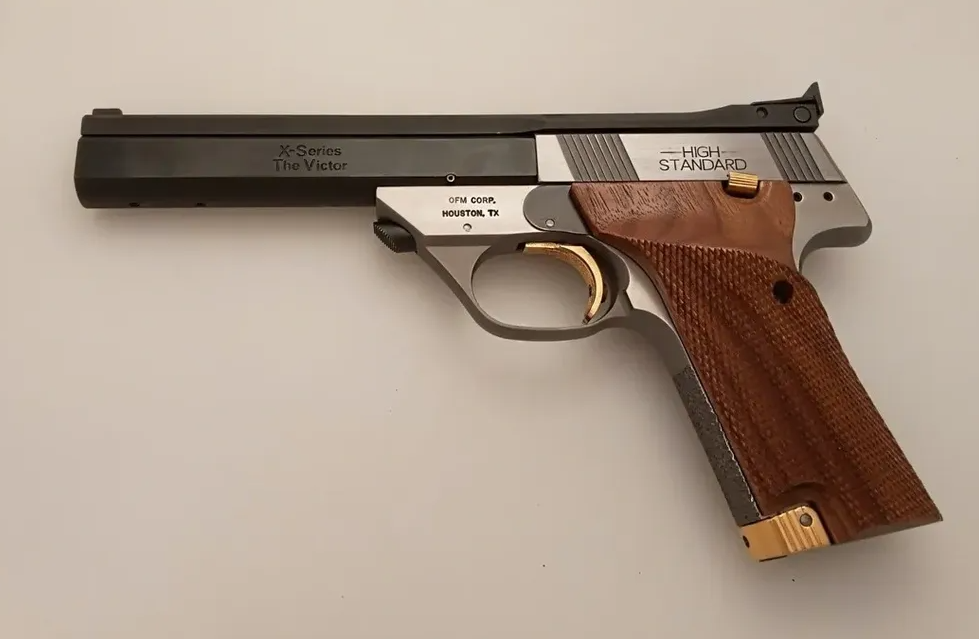
You can teach someone to slowly hold and squeeze off a shot and get them on target fast but that is a long way from being a well-rounded shooter that can take any shot that presents itself in the hunting field or in war. The shooter should start on stationary targets but then advance to moving targets. Try shooting at thrown tin cans and smaller targets hung on a string and set swinging.
Shooting at wood chips thrown in a stream as they approach and then depart downstream is excellent practice. When plinking, try different targets at varying distances, and don’t be locked into strict form. Find out how many ways there are to hit a target and what works for you.
Remember, shooting is supposed to be fun. If restricted to paper targets with each shot taking a long time to squeeze off, boredom quickly can set in and the new shooter will never learn to shoot fast when his/her lunch, or even life, depends on it. Your first sight picture is your best.
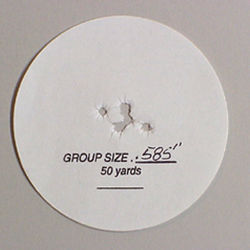
Learn to fire fast.
It is never too young to start a youngster shooting. I remember the first time I shot. I was just a toddler unable to hold the rifle up or to put it to my shoulder and still reach the trigger. My father held the gun and I wrapped myself around it as best as I could and began triggering the little semi-auto .22 rifle at a nearby tin can. I hit it too.
Everyone on both sides of my family were shooters so when relatives came calling the .22 came out to entertain them. Plinking was enjoyed by everyone and remains today my most favored way of entertaining invited guests.
For .22 rifles, the Browning semi-auto is the longest lasting and the Remington 241 made under Browning’s license is even a somewhat improved version. It is a great pity that it is no longer made. Norinco was making a high quality copy of the Browning for a mere $99 when the government banned all Norinco firearms from importation.
Another fine .22 rifle is the Ruger 10/22. Originally made as a .22-caliber version of the Ruger .44 Magnum semi-auto deer rifle, this carbine quickly became an American favorite. My wife Betty quickly fell in love with the Ruger .44 Magnum semi-auto rifle that I had bought for her for hunting deer. She was shooting it like it was a .22 and I had to quickly get a 10/22 and mount the same type of scope on it as on the .44 before the ammunition bill bankrupted me. Betty loved making a spinning metal target whirl with that little 10/22. She shot it so much that metal fatigue from the constant bullet impacts made it break and I had to have it welded back together.
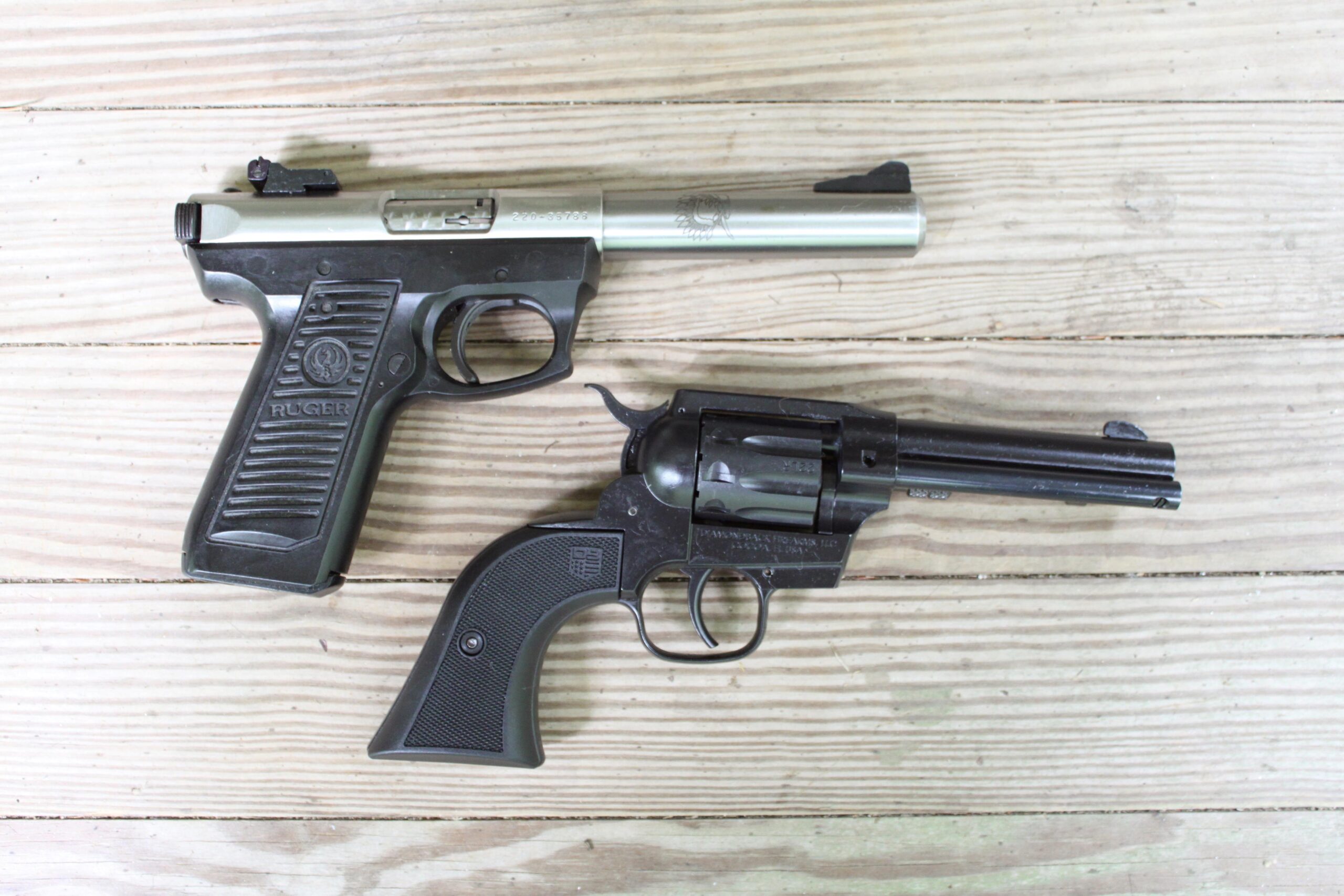
Rimfire pistols are a special joy to shoot. I should know. I have worn them out on a regular basis.
Again one should experiment around to find out what works best for them instead of always following strict forms and one method of shooting. Only by mastering all methods and styles will someone become a well-rounded shooter.
Sometimes the “Common knowledge” will be proved wrong. We have all heard that the pistol should be fired by the tip of the trigger finger. Well, that’s only true if your hand is not big enough to wrap the first joint of your trigger finger around the trigger. This grip gives better control and steadiness than the tip of the finger ever could. The Army used to teach holding the thumb up when gripping the M1911. Try shooting 200 rounds or more at a time and you will get a blister on your thumb while doing that. The thumb needs to be pointed down where it can exert more control over the pistol with no danger of a blister ever forming.
There are more types of .22 pistols than you can imagine. It takes more ammunition to learn to shoot accurately with a pistol as you can with a rifle, but it can be done. This is another reason why the price of .22 ammunition is so important. Without more ammunition, you won’t get results and without results people get discouraged and leave the shooting game.
Younger shooters will benefit from a smaller grip like the old High Standard Sentinel revolvers and the Ruger Bearcat. Single-action revolvers are fun but the single action is painfully slow to reload. The old High Standard Double Nine eliminated this problem with a nine-shot swing-out cylinder combined with a single-action profile. The Double Nine has been resurrected as the Diamondback .22 and it is currently available. I have tested this gun and it is a fine revolver.
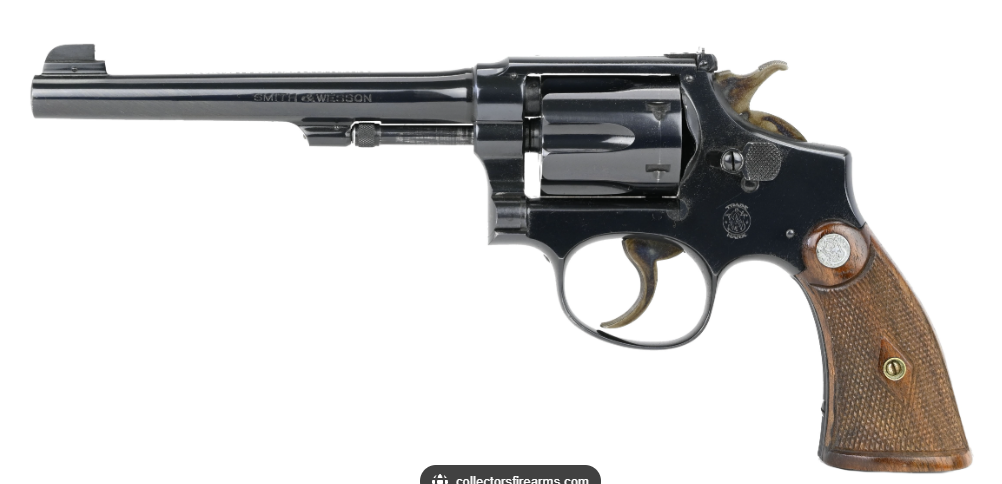
Double-action revolvers like the Smith & Wesson K22 and the old Colt Officers Model Match offer other fine choices. The famous instinct shooting instructor Lucky McDaniel used a K22 when teaching students how to use a handgun. It was Lucky who taught the U.S. Army the “Quick Kill” instinct shooting training method employed in teaching soldiers during the Viet Nam War.
Semi-automatics offer the chance to shoot more in the time available and there are many fine models. The Colt Woodsman was the staple for many years until the less expensive Ruger .22 semi-automatic eclipsed the higher priced Colt. My all-time favorite was the Stoeger .22 Luger. A relatively cheap gun but one that handled like a P08 Luger and put all of its shots in the X ring.
If the maximum accuracy a .22-caliber can deliver is desired, then I recommend the Marvel Machine LLC .22 conversion units for the M1911A1 and the current production High Standard match pistols. You will find both of these well represented on the firing line at the National Matches at Camp Perry.

It should be noted that a lot of people have difficulty making the transition from a .22 pistol to a more powerful pistol that bucks and kicks. The solution is simply more shooting with the more powerful centerfire gun. Then you will be able to take advantage of the foundation that you laid with the rimfire.
I have spent many enjoyable hours shooting up vast quantities of .22 ammunition alone, with friends, and with relatives. Shooting .22’s can be a solitary or a social event. Regardless, it is fun and memorable. Just plinking at targets of opportunity while afield is endlessly rewarding. The end result is a shooter that can handle any situation that presents itself.
No real skill at any endeavor is achieved without hours of practice and that’s where the relatively economical .22 comes in, even though prices for rimfire ammunition, along with all centerfire ammunition, have gone steadily upward. Inflation can have a serious impact on anyone’s ability to afford the quantities of ammunition required to improve shooting skills, and that poses a long term threat to the Second Amendment and the shooting sports.



